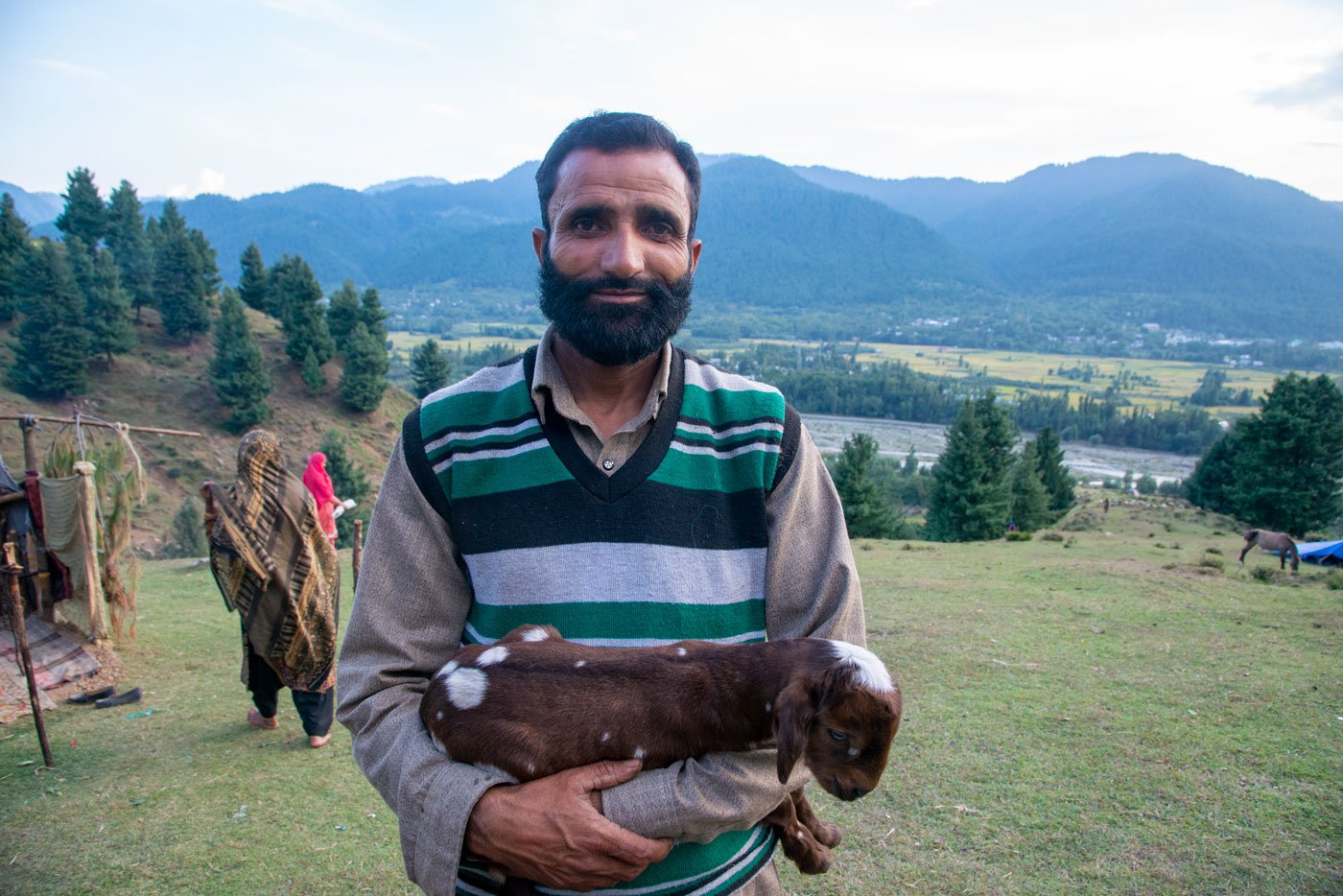
tribal livelihood
Livelihood Practices by BAKARWAL TRIBE, jammu & kashmir
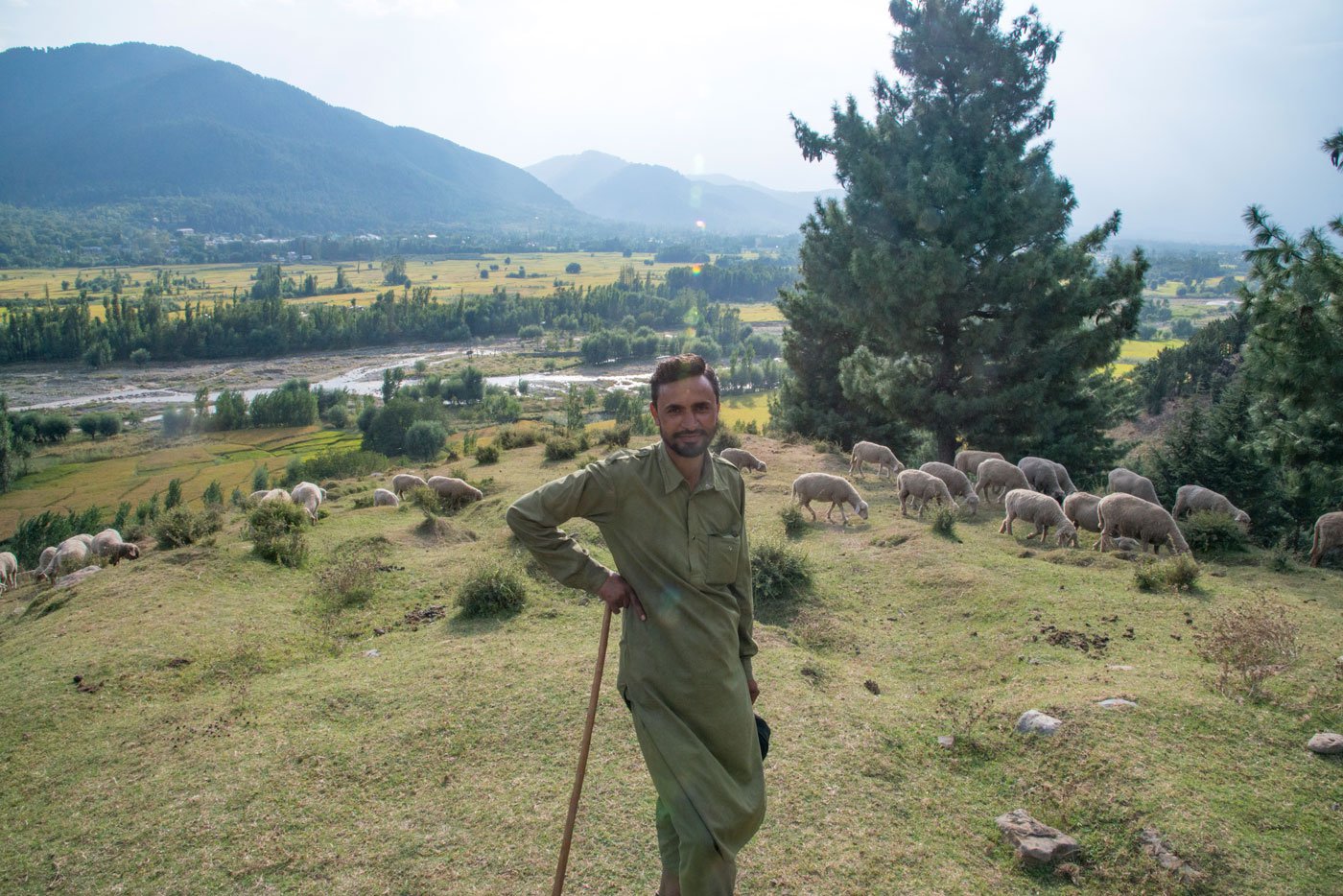
The Bakarwal tribe survives primarily through sheep and goat rearing, which furnishes meat, wool, skin, and manure, crucial for their economy and nutrition. The tribe is nomadic, following the seasonal rhythm of leaving the lower regions for the highlands and the reverse in search of fresh pasture. Increasing land pressure, however, lays pressure on them to continue to do this. Despite the Bakarwals' great knowledge of animal breeding and supervision, there exists an urgent need to blend rigorous scientific practices toward the improvement of productivity of livestock and the sustainability of their farming system.
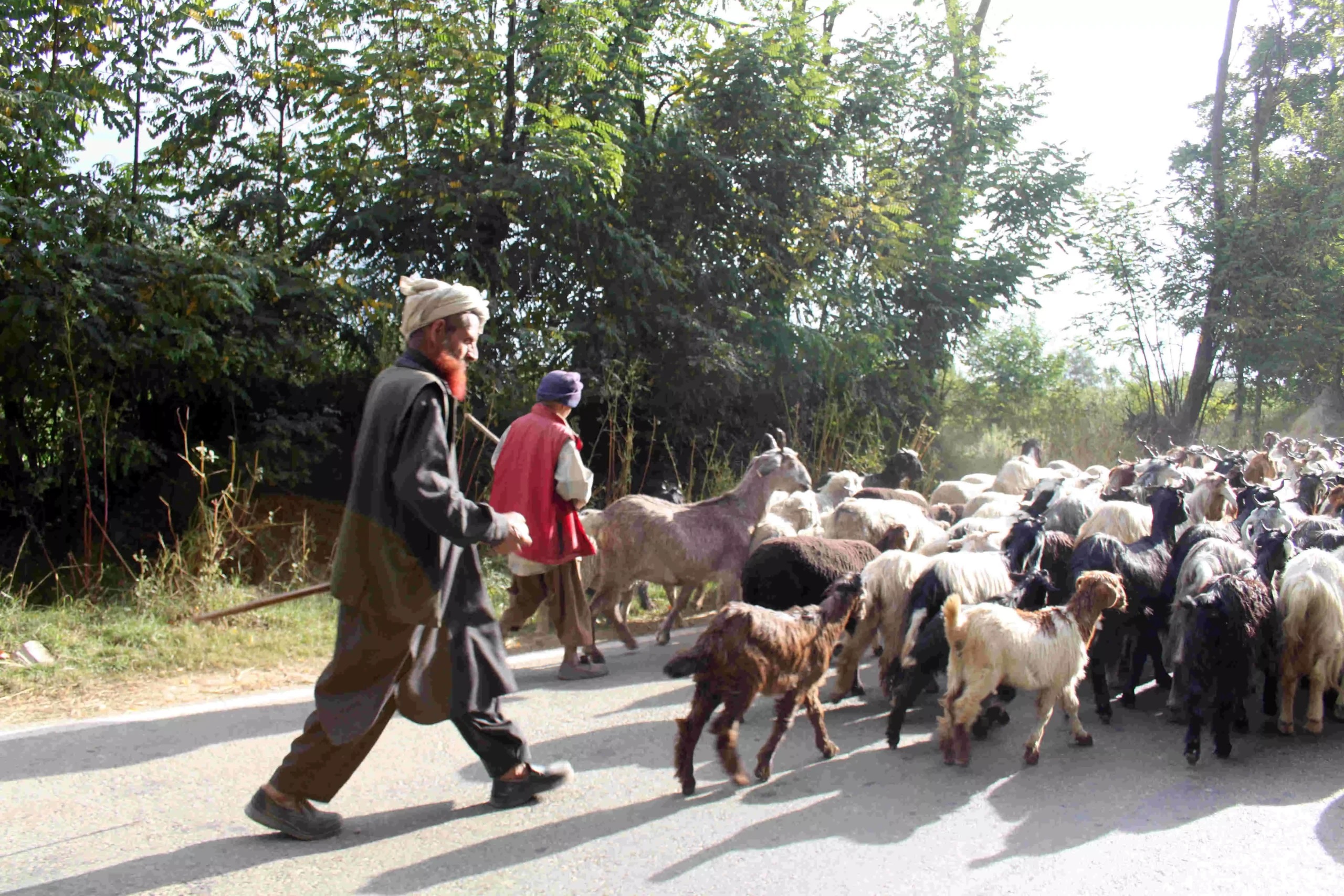
The Bakarwals of Jammu and Kashmir, recognized as a Scheduled Tribe in the year 1991, are nomads doing seasonal migration. They migrate between Jammu and Kashmir for pastures for their livestock; summers in Kashmir, winters in Jammu. The 2001 Census recorded the Bakarwals, who rear mainly sheep and goats. Culturally, linguistically, and religiously, the two groups are alike, but they differ in their occupations: Gujjars rear cattle, while Bakarwals rear sheep and goats.
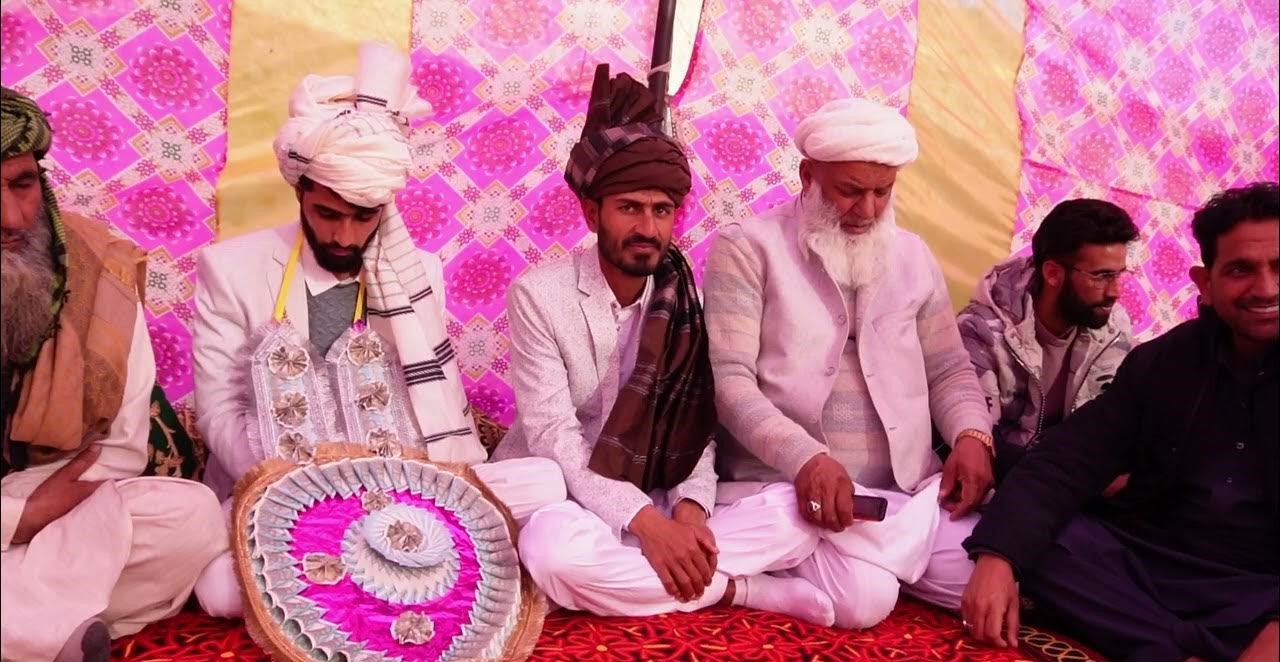
Marriages within the Bakarwal community are customarily arranged by members of the family, especially the father, with no or minimal contribution from the bride and the groom towards making the decision. The position of women in deciding on marriage is very limited, as alliances and family relations are given more importance than personal wishes. Rituals such as the mangnoo, nikkah, and payment of mahr form part of the process of marriage, which is given in the form of animals or monetary gifts. The basic reason for marriage in society is to make the family stronger and to maintain cultural continuity.
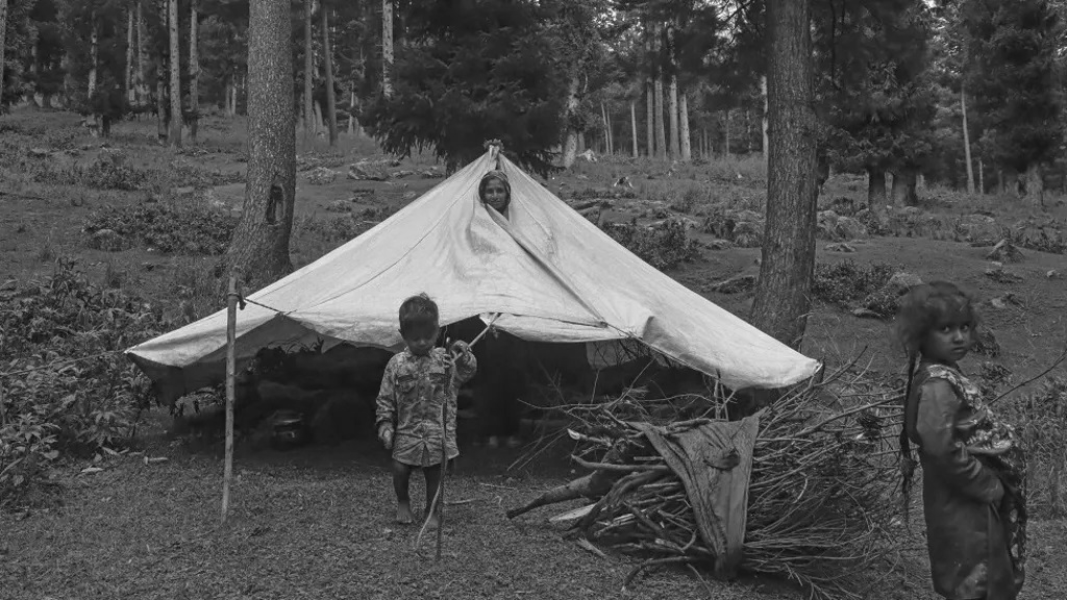
In the Bakarwal tribe, tradition is rapidly evaporating on account of changing environments, squeezing economic pressures, and modernization. The ever-changing climate has effectively impacted grazing land and water sources so as to render livestock less productive. Furthermore, encroachment on their traditional migratory routes and lands, combined with limited access to government services, has severely hampered their pastoral way of life. Terrain and market-access limitations forced livestock products into the status of survival, pressing the tribe not to abandon this way of life. Such considerations, combined with the lack of educational and health facilities, ultimately turned these younger generations away from adjusting while preserving the culture.

The Bakarwal tribe achieves sustainable grazing by rotating animals among pastures, which averts overgrazing. According to research, rotational grazing enhances the quality of pasture, livestock, and ecosystem equilibrium. Another 40% of Bakarwals have included environmentally friendly farm practices with a focus on using organic means. They also draw on traditional knowledge to conserve forests and water sources, aiding environmental protection. The sustainable measures offset traditional lifestyles with contemporary environmental threats.


